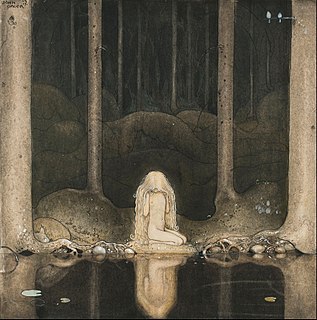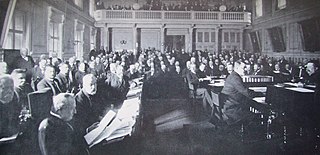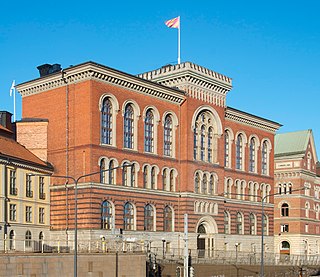 W
WThis article covers the history of Sweden from the end of World War II to 1967.
 W
WThe 1958 FIFA World Cup Final took place in Råsunda Stadium, Solna, Sweden on 29 June 1958 to determine the champion of the 1958 FIFA World Cup. Brazil won the World Cup by defeating Sweden, and thus won their first World Cup title.
 W
WThis article describes the history of Sweden from the late 1960s until 1991.
 W
WAfter a period of rapid growth and unprecedented prosperity during the late 1980s, by 1990 the Swedish economy overheated, and after a controversial bill freezing salaries and banning strikes failed in the Riksdag, the social democrat government led by Prime Minister Ingvar Carlsson resigned in February 1990. At this time the respected Finance Minister Kjell-Olof Feldt left the government in protest over what he saw as irresponsible economic policies. Carlsson soon formed a new government, but by the time of the general election in September 1991 the economy was in free fall, and with rapidly rising unemployment, the social democrats received the smallest share of votes in sixty years (37.7%), resulting in the loss of office to the opposition, a centre-right coalition.
 W
WAmong Gnomes and Trolls, is a popular Swedish folklore and fairy tales annual and children's fairy tale anthology published since 1907. One of the most noted of the early illustrators is artist John Bauer.
 W
WThe Andra kammaren was the lower house of the bicameral Riksdag of Sweden between 1866 and 1970 that replaced the Riksdag of the Estates. The upper house was the Första kammaren.
 W
WThe Första kammaren was the upper house of the bicameral Riksdag of Sweden between 1866 and 1970 that replaced the Riksdag of the Estates. During the bicameral period, the lower house of the Riksdag was the Andra kammaren. Both chambers had generally similar and parallel powers.
 W
WGamla Riksarkivet is a building at Arkivgatan 3 on Riddarholmen in Stockholm, Sweden. Riksarkivet, the Swedish National Archives, were located in the building until 1968.
 W
WStatare were contract-workers in Swedish agriculture who, contrary to other farmhands, were expected to be married, were provided with a simple dwelling for their family, and instead of eating at the servants' table were paid in kind with foodstuff. They were, similarly to most other farmworkers, contracted on an annual basis. The family members' willingness to work, at some places unpaid, was taken for granted. This system became increasingly common during the 19th century, attracted much public critique in the 20th century, and was abolished from November 1, 1945 through a collective bargaining agreement.
 W
WDuring the Swedish emigration to the United States in the 19th and early 20th centuries, about 1.3 million Swedes left Sweden for the United States of America. While the land of the U.S. frontier was a magnet for the rural poor all over Europe, some factors encouraged Swedish emigration in particular. The religious repression practiced by the Swedish Lutheran State Church was widely resented, as was the social conservatism and class snobbery of the Swedish monarchy. Population growth and crop failures made conditions in the Swedish countryside increasingly bleak. By contrast, reports from early Swedish emigrants painted the American Midwest as an earthly paradise, and praised American religious and political freedom and undreamed-of opportunities to better one's condition.